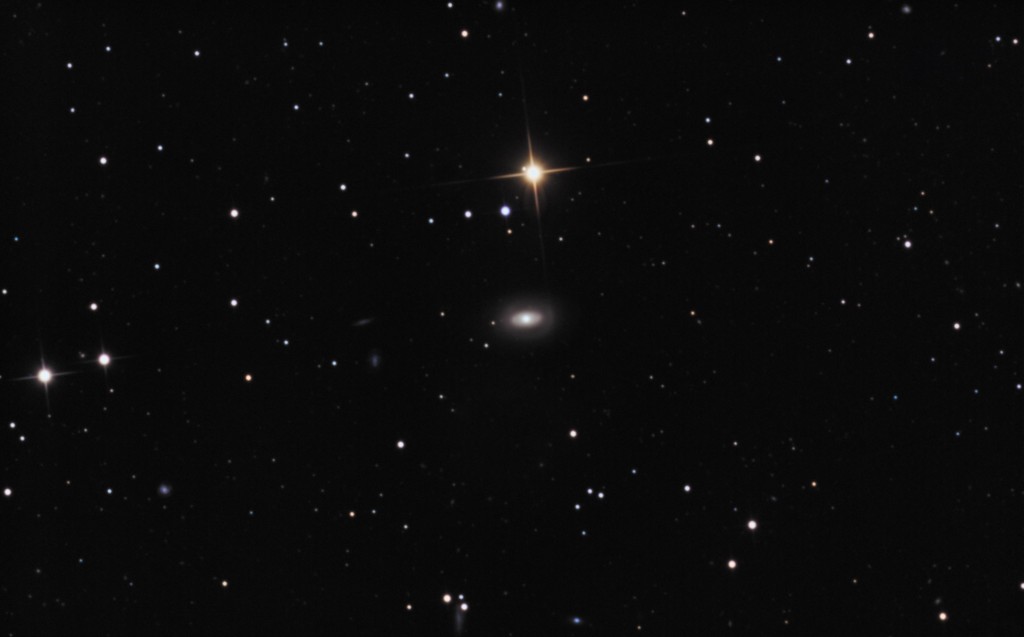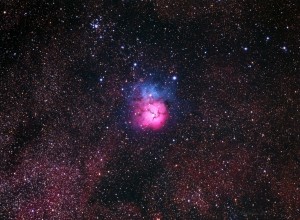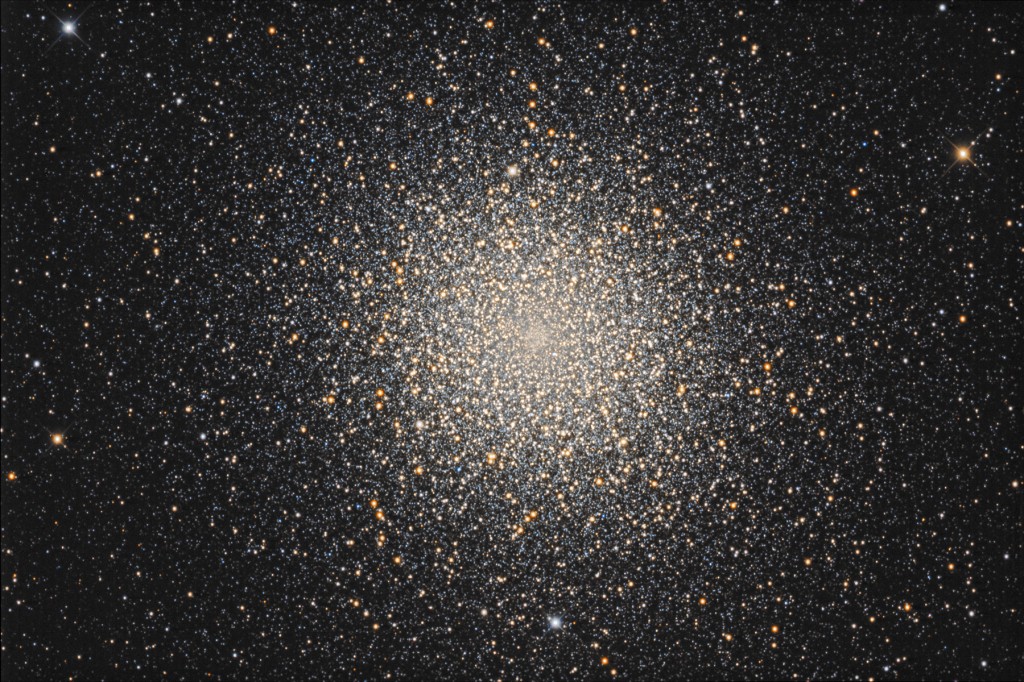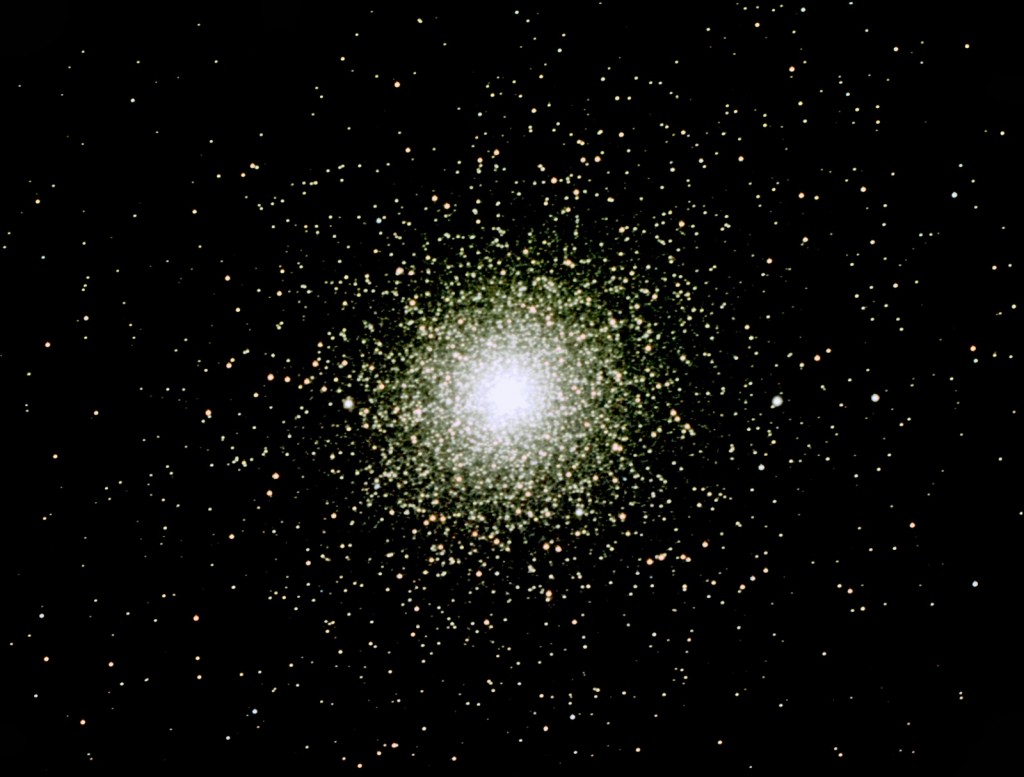
Steve Crouch turns his eye to a less-often imaged galaxy. And captures at least 10 other galaxies into the bargain! He explains:
You can see more of Steve Crouch’s astrophotography over on his website at http://members.pcug.org.au/~stevec/Thought I would try something not often imaged. It’s obvious from this image why people prefer NGC 253.
Catalogue and alternative designations NGC 254
Type Galaxy
Position 00 47.8, -31 25
Constellation Sculptor
Camera and Telescope STXL11002 and 36.8 cm Ritchey Chretien
Focal Ratio F9Exposure
Details LRGB 285:70:60:60 Luminance 1×1, Colours 2×2Description
This is a SB0 type magnitude 12 galaxy roughly 2.6′ x1.7′ in size. It is almost exactly due north of the much better known NGC 253.




